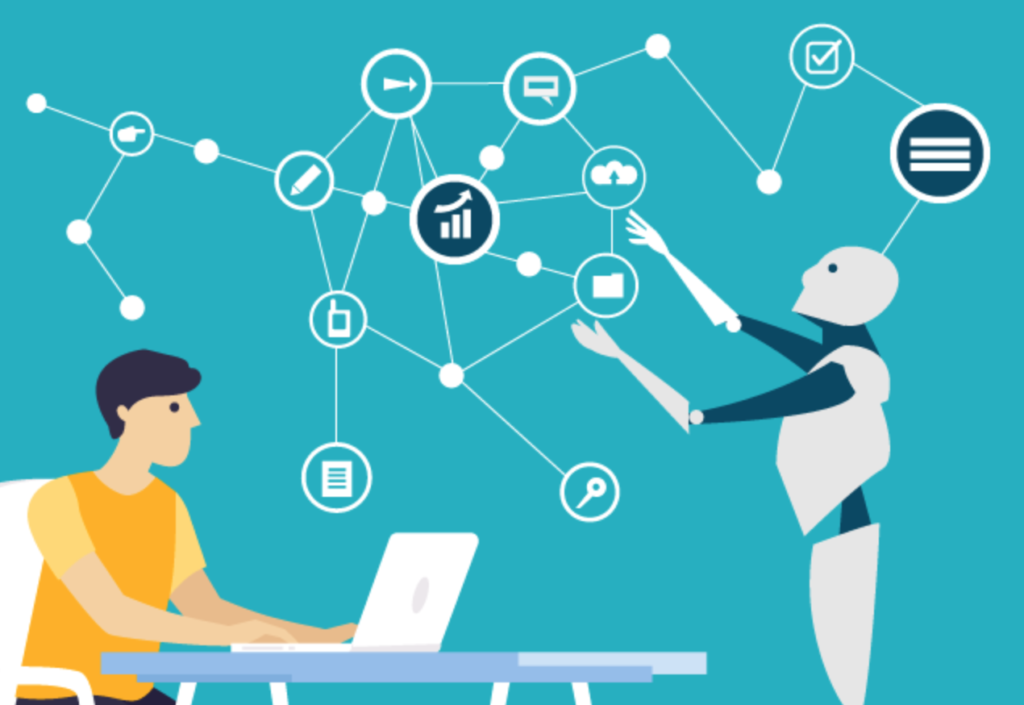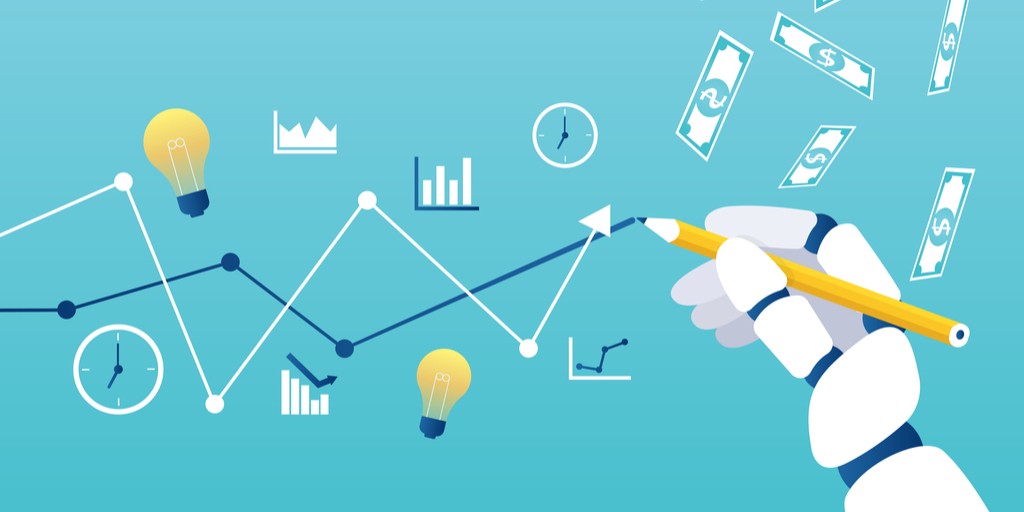Artificial Intelligence is ruling the world
When studying case studies, biggest enterprises are paving the way, both in terms of applications but also in terms of research.
For example, Alibaba uses AI to help map the most efficient delivery routes. Smart logistics have resulted in a 10% reduction in vehicle use and a 30% reduction in travel distances. Coca-Cola Amatil sales reps used Trax Retail Execution image-based technology to take pictures of stores shelves with their mobile devices andgained 1.3% market share in the Asia Pacific region within five months.
Cognizant developed a system that uses text analytics and an advanced machine-learning algorithm to mine physicians’ notes and electronic medical records for drug seeking behavior that identified 85,000 at risk patients have been identified through this system with savings to organizations of $60 million.
Global Tech Led used AI-led ad retargeting, powered by Google, leading to a 100% increase in traffic, and re-engaging users in markets in which it was trying to make a dent, including South Asia, Latin America, and Western Europe.
There are countless other examples of big corporations using AI and data science for improving profits. A recent report shows that the total investment in AI by the 10 biggest companies in this space is close to $9 billion, with the three biggest players being Google, Amazon and Apple. This trend is not limited only to big companies, as smaller companies are quick to adopt AI, as well. It is clear that like other technologies in the past, including the internet, AI now is everywhere.
Why use AI?
Most organisations are looking for ways to do things more efficiently, and AI can make tasks scalable. For example, it can take on work that would typically require a team of several people, allowing the organisation to stay lean. It can also relieve people of grunt work- such as repetitive administrative tasks- and give them more time to focus on projects that requires human intelligence and creative problem solving.
A key driver behind this has been the rise of powerful machine learning models which can learn from labelled human data, essentially mimicking the human decision making process. For example, whereas 10-15 years ago, labelling images was a job done by humans, now computer vision algorithms can give very accurate descriptions of images and videos. Furthermore, these services have been commoditised and are available at a low cost, through cloud-based platforms, meaning that an SME can very quickly experiment with various ideas, before committing to creating its own intelligent software.
A question of culture
Company culture has a huge role to play when it comes to bringing AI into the organization. People will naturally be hesitant about shifting from making decisions based on experience and human judgment to data-driven decision making. AI has become somewhat sensationalized, making people nervous that they’ll lose their jobs to machines.
For this to happen soon is relatively unlikely, and instead, AI should be introduced more like a wonderful new team member with the capability to make things more efficient and effective for everyone. The specific resources that each organisation needs to effectively adopt AI technology will depend on what is already in place. Larger organisations might have access to a team of data scientists because these companies will already have platforms in place for them to work from.
Data science talent is in high demand and is expensive, which means that small and medium-sized businesses are most likely to bring AI into the company through the help of a vendor. Proper research is critical to identify the best AI solutions.
AI and management
It’s vital for management to have full visibility into what’s happening at the organisation every day and to not make any assumptions. Aversion to AI adoption happens when executives who are eager to see results implement AI too quickly and do not fully understand what a solution can and cannot do, and are then disappointed with the outcome, making them less likely to return to it to the detriment of the business.
To ensure the selection of the best solutions, the leadership team must go out into the company and have open conversations about the challenges staff are facing. With this insight, management can work with teams and individuals to evaluate the best products and platforms. Some solutions might require customisation to best perform, so CEOs must be patient while systems are adapted to best serve the organisation.
The capabilities of AI are vast, and it can support business operations in many ways. Established SMEs may not be looking to grow the same way a younger company might, but growth is just one KPI for AI. What is important, is to have clear goals and the right strategy in place.
Are you interested in applying AI in your organisation? Make sure to check out my services, courses or simply get in touch if you have any questions!




